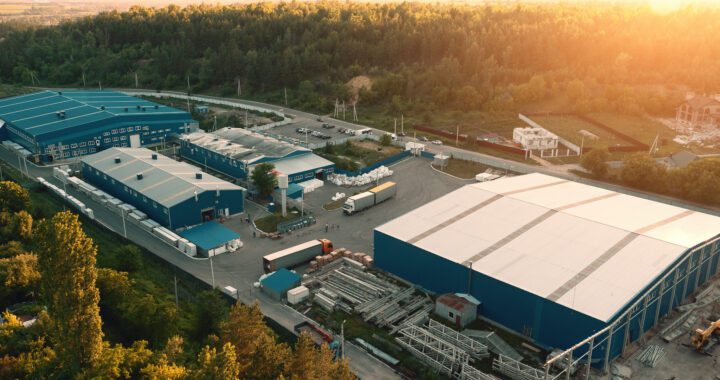Commercial EPCs, also known as Energy Performance Certificates must be obtained for every non-residential structures throughout the UK. The objective for EPCs is to EPC is to assess the buildings energy efficiency and make recommendations to improve it. In this article we will go through how an EPC is determined and the factors that go into the process. The Commercial EPC (Energy Performance Certificate) is required for each commercial building that is built or sold or let. The EPC Certificate provides details about the energy efficiency of the building to its owners as well as prospective buyers and tenants. Certain buildings will be exempt from having to obtain the EPC Certificate.
How do I find the right Commercial EPC assessor for my property?
Commercial buildings are classified into three distinct types, each with its specific grade of EPC 3, 4, or 5.
The various levels are determined by the level of complexity of the construction and the complexity of the ventilation and heating systems.
Energy assessors must be certified for the kind of structure being evaluated. Broadly the the commercial surveyors are called “non-domestic display energy assessors” or NDEA. However it is important to note that within NDEAs there 3 sub-classifications, which are assessors who have been accredited to the size, complexity and design of commercial properties. With the Go Local EPC assessor search tool you can search for commercial assessors, each displaying their accreditation levels as per below.
Level 3
Simple, compact buildings that exhibit “frequently occurring” characteristics. These might include things such as the building fabric simple heating systems with less than 100kW, basic natural ventilation, and smaller cooling systems for comfort less than 12kW.
As an example, they might be retail units of a small size or homes converted for commercial use. The energy assessor would use the SBEM calculations to assess this type of property.
Level 4
Purpose-built structures with heating systems of more than 100 kW and cooling units larger than 12kW, and any other building that does not have “frequently occurring characteristics’. The majority of new construction projects are likely to be classified as Level 4 or greater. A property’s energy assessor will be using SBEM Calculations to assess this type of property.
Level 5
This applies to larger structures that are complicated in form or design. They could be buildings like towers or shopping malls that include atriums, automated blind control, ventilators that has a higher thermal coupling to the structure, etc.
SBEM Calculations may not be sufficient to give an accurate evaluation. The energy assessor will employ DSM (Dynamic Simulation Modeling) to assess this kind of property.
What can I do to improve the EPC rating?
The list below is by no means exhaustive, however the most important are insulation, industrial air conditioning and heating systems (HVAC), lighting and insulation.
- Insulation – Roofs that are not properly insulated and walls could be a huge influence on their EPC rating. Landlords ought to consider the possibility of adding insulation to brick or metal-clad structures in particular where there are cavities in the walls.
- HVAC and Cooling – The age of the HVAC equipment and plants could be a major contributor of energy emissions. Effective solutions consist of the installation of more efficient boilers variable-speed heating and cooling units and high-efficiency chillers.
- Lighting – Many commercial buildings that have an low EPC rating are equipped with poor lighting systems. Simple measures like replacing old bulbs and fluorescent lamps with LEDs or modern fluorescent lighting can result in significant savings. Like heating, controlling lighting can dramatically cut down on energy wasted in unoccupied areas of your property.
- Predictive maintenance: Investing on predictive maintenance has become vital. When sensors are installed on assets, equipment , and distribution networks of commercial properties engineering teams can keep track of energy efficiency and identify when systems might begin to fall short of. These insights will provide landlords with the data-rich evidence to make the necessary investments in energy-efficient systems or alternative energy sources.
Getting an EPC
An EPC is required for commercial buildings in the UK. This allows you to determine if the building meets minimum energy efficiency standards. A commercial EPC is valid for ten years and is required whenever the property is sold or rented. A landlord must obtain a new EPC when the property undergoes significant changes, including changes to its fabric and fixed services.
Landlords have to follow the rules and may be fined if they do not. In serious cases, landlords may be listed on a government register. However, some properties are exempted by the EPC regulations. These include buildings due to be demolished. If you are not sure if your property qualifies, you can register it on The Private Rented Sector Exemptions Register. You can search for non-domestic NDEA assessors with our Go Local EPC assessor search tool.

